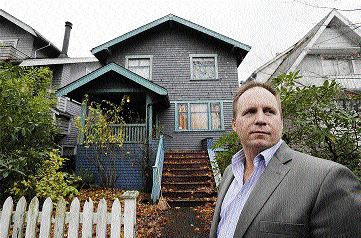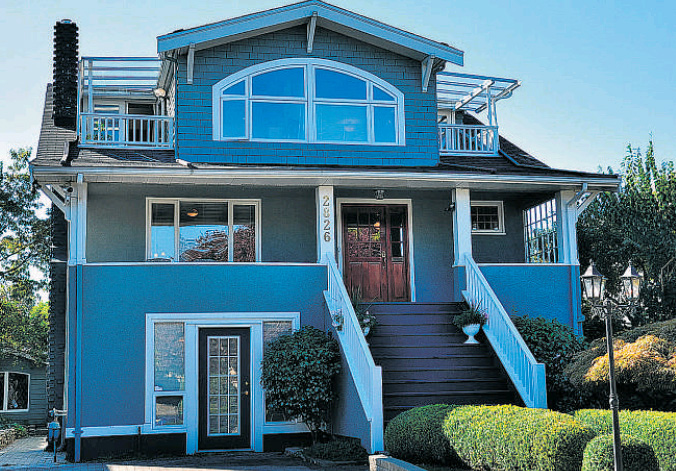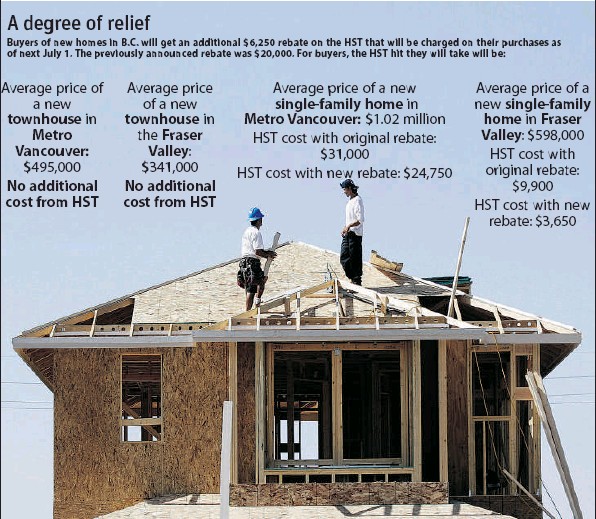Tony Gioventu
Province
Q: I was involved in my condo in a fire a few years ago that has come back to haunt me many times over. We were barbecuing pork ribs and chicken on our balcony and the grease caught fire. Seven of the units in the building were damaged by the water, smoke and fire.
We have always been serious condo owners but we made two fatal errors. We did not have homeowner insurance as our personal possessions were of little value, so didn’t see the point, and we were unaware that the strata had passed a rule prohibiting barbecues.
We knew we were going to be on the hook for some expenses such as the insurance deductible costs. What we didn’t know was that we also had the liability for the uninsured losses of the owners in the other units that were affected.
We have finally just settled the balance of the claims (out of our own pocket ) but want every owner to know how important it is to have home-owner insurance.
The costs almost bankrupted us, and had it not been for a recent inheritance we would have certainly lost our home. Please publish our letter so all owners know that a homeowner policy can also cover all the other losses caused by your strata lot.
— D.B., Metro Vancouver
A: I am asked to respond to letters every week from owners who have chosen not to insure their personal liability and have paid the very steep cost.
If a strata lot is responsible for a claim, the owner of the strata lot is most likely going to be responsible for the cost of a deductible if there is an insurable claim.
Strata corporations, owners and tenants need to review their insurance every year and make sure everyone knows what the deductible costs will be, and what is exempt from a policy.
If the strata corporation has a water-escape deductible in the amount of $25,000, then as a homeowner/tenant, ensure your homeowner/ tenant/ landlord policy can cover that potential claim. Landlords need to remember they may be ultimately responsible for the claims in the event the tenant does not have insurance coverage or defaults on the claim.
One of the most important products on your homeowner/tenant policy is your general liability coverage. In D.B.’s situation, had he (or she) purchased a condo homeowner policy, his general liability insurance would have likely provided sufficient coverage for the claims filed by all of the other affected owners or their insurance companies.
Nigel Kent, a lawyer with the insurance group at Clark Wilson LLP, points out that many strata owners are also unaware of a significant coverage benefit under the strata corporation’s own policy.
“Under Section 155 of the Strata Property Act, owners and tenants are named insureds on the strata corporation’s liability policy.
“As a result, in any given case, they [homeowners] may benefit from the general liability coverage afforded under that policy. Even if a homeowner did not have his own general liability coverage, the strata corporation’s policy may very well fill the void.
“But don’t rely on the strata policy for your own needs, though,” says Kent.
“There is nothing better for a homeowner and tenant or a landlord than ensuring you purchase the best coverage available for your personal property, betterments to a strata lot and your personal liability. Many strata policies may limit or restrict the coverage or the amount payable, so obtaining your own insurance is still the best bet.”
Tony Gioventu is executive director of the Condominium Home Owners’ Association. Send questions to him c/o At Home, e-mail tony@choa. bc.ca.
© Copyright (c) The Province








